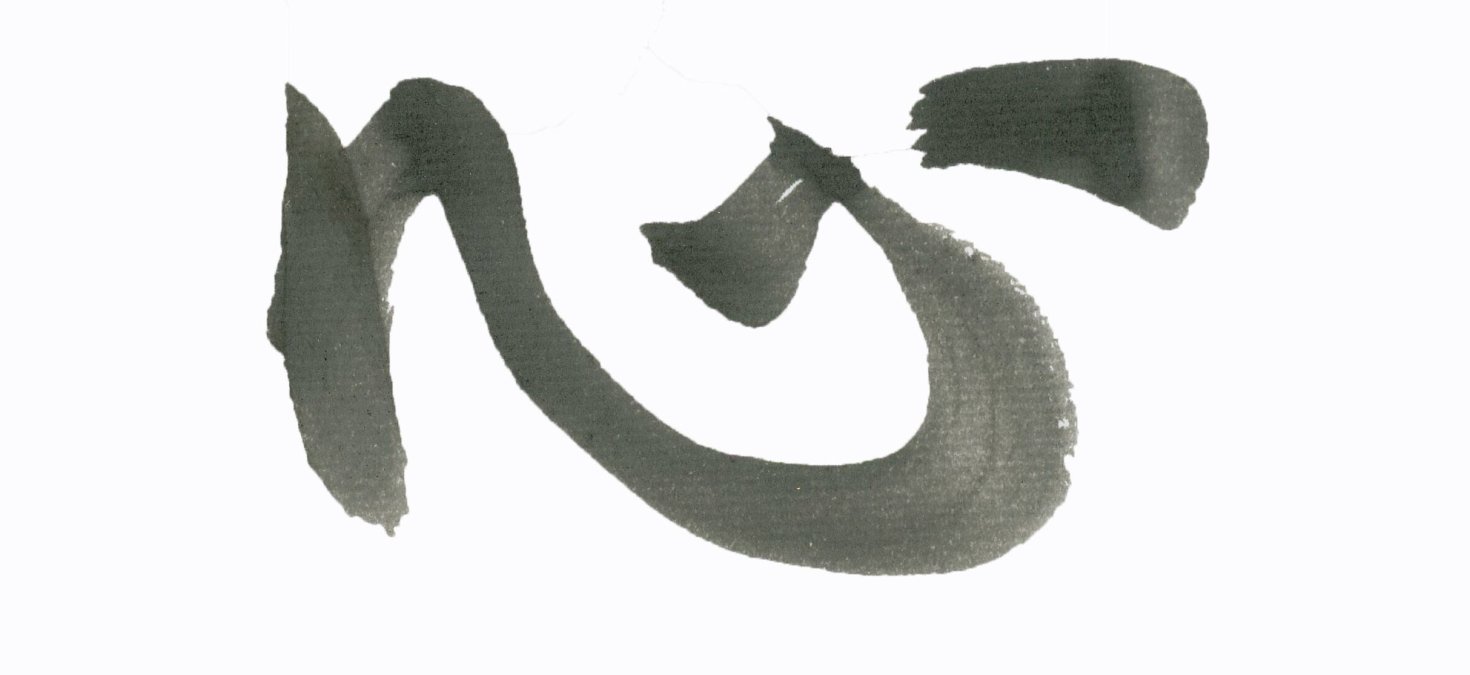What is Kokoro?

“The Meaning of Kokoro,” by Professor Emeritus Kimiko Gunji
The word kokoro has been widely used for written texts as well as verbal communication in Japan since ancient times. There are many idioms and expressions using the word, kokoro and the Japanese use it frequently and freely.
Before introducing kokoro related Japanese idioms and expressions, it is helpful to note that there is another way to pronounce the word kokoro, written with the same character 心. The character, kokoro, 心, can also be pronounced as shin when it is combined with another character, such as mu, 無, the combined word, 無心, is read as mushin1.
Kokoro implies one’s intellectual responses, or, in other situations, implies one’s emotional reactions, and in many cases, it connotes inclusively the mental, emotional and spiritual states of all sentient beings.
Since it is an intangible and elusive word, it is difficult to analyze its meaning and define even in the Japanese language, thus, making it even more problematic to translate into English or other languages. In books on Japanese aesthetics, philosophy, literature, and architecture which are written in English, words such as ‘mind,’ ‘heart,’ ‘feelings,’ ‘soul,’ and ‘spirit,’ are applied in order to introduce the concept of kokoro, but these translations leave much to be desired.
The following is a quote by Kakuzo Okakura, the author of the Book of Tea, which illustrates quite well the difficulties of translation in general:
“Translation is always a treason, and as a Ming author observes, can at its best be only the reverse side of a brocade, all the threads are there, but not the subtlety of color or design.”
Realizing how difficult, challenging, and problematic it is to translate the word kokoro into English, yet continuing to consider it essential to reflect the significance of the word faithfully, I have been introducing the word kokoro to my students and to others for the last 30 years by explaining its meanings through various examples and quotes.
I earnestly wish that the word kokoro will become more familiar among non-Japanese speaking people, and that it will be adopted as it is, instead of attempting to translate it.
In order to help my students understand the scope of the meaning of kokoro, I had them read “Tea Life, Tea Mind,” which was originally written in Japanese by Sen Soshitsu XV2 and translated into English by the staff in the Foreign Affairs Office of the Urasenke Foundation. I assigned my students to identify where kokoro was translated as heart, mind, or spirit, respectively, and to analyze each translation. Furthermore, I had them cite examples in which the author's intention is expressed more accurately and strongly if the term kokoro was used instead of its translation.
“Tea Life, Tea Mind” is a wonderful, concise, and informative book by Sen Soshitsu XV, which teaches the reader about selected artistic and philosophical tenets of chado, the Japanese Way of Tea. The title suggests the existence of a unique chado mindset, and reading the book partially solidifies that idea. I believe that Dr. Sen would have preferred to translate the title of his book to “Tea Life, Tea Kokoro.” Instead of alternating the usage of heart, mind, or spirit in English translations, simply using kokoro is, in the end, more robust and comprehensible. My students also found that many of the examples in the book would have been more accurate to use the word kokoro, which encompasses the meanings of heart, mind, and spirit inclusively, and imparts the true meaning of chado.
The following is the quote by Lafcadio Hearn, a writer who lived in Japan from 1890 to 1904, who compiled his observations of Japanese people and published, KOKORO: Hints and Echoes of Japanese Inner Life in 1898.
⼼
The papers composing this volume treat of the inner rather than of the outer life of Japan, for which reason they have been grouped under the title Kokoro. Written with the above character, this word signifies also mind, in the emotional sense; spirit; courage; resolve; sentiment, affection; and inner meaning — just as we say in English, “the heart of things.”
As shown here, in order to grasp the accurate and true explanation of the inner life of Japan, he chose the title of his book, “KOKORO” instead of translating into English.
I do hope that the word kokoro will be more widely introduced and will be used in English writings as well as in our English conversations just as we use the words like sushi, umami, and manga.
---
Mushin1: Mu can be translated into nothingness and none, and shin is kokoro. Combining together, literal translation is no- kokoro. However, in Zen context, mushin is considered as the highest mental state where one is free from all of the thoughts, and distractions, and reaches to the supreme concentration.
Sen Soshitsu XV2: He was the 15th generation head (iemoto) of the Urasenke school of chadō. He received a religious name, Hōunsai (鵬雲斎) from his Zen teacher, Chief Abbot of the Daitokuji temple, Gōtō Zuigan in 1949. In 1964, he succeeded his father as the 15th generation Urasenke iemoto, the head of the Urasenke and was designated as Sōshitsu Sen XV. In 2002, his son succeeded him as the 16th generation Urasenke iemoto and inherited the name Sōshitsu. Hōunsai adopted the name Genshitsu, and thus his official name now is Genshitsu Sen. He has been an avid promoter of world peace based on his motto, “Peace through a bowl of tea.”